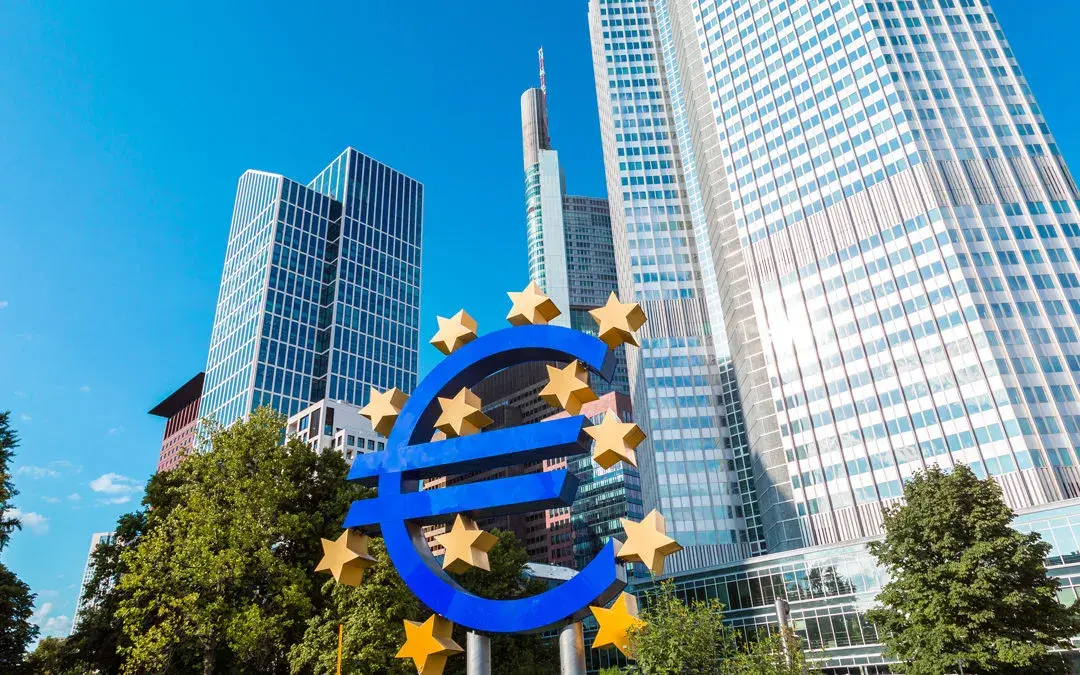Before starting to understand PSD2(Payment Service Directive 2) it’s important to look at the original Payment Service Directive. If we look at Wikipedia the definition says:
In Short, the PSD was created for the purpose of making a single market for payments. Essentially credit transfers, direct debits, and cards. It provided the legal foundation for a Single European Payments Area (SEPA).
Since the original PSD Europe har gotten more digitalized and new services and companies are pushing the boundaries of online payments. The problem is that many of these new players are outside of the scope of PSD.
Towards an increasingly integrated EU market
The primary goal of PSD2 is to make payments easier, safer and increase consumer protection. Secondary the PSD2 tries to level the playing field making it easier for newcomers to compete with the traditional institutions like banks.
1 – PSD2 will make it easier for companies to access the consumers’ accounts
New players will now be registered and licensed at EU level. This will cause barriers to be removed and increase competition. These new players will get access to consumers payment account. This access is called XS2A – access to account. The access provided will make it possible to access the account information and make payments on the consumers’ behalf. Obviously only with prior consent of the consumer.
2 – Banks holding the payment account must open up their system
The banks/institutions holding the consumers’ payment accounts must allow the new players access to the account via an API (Application Programming Interface). This machine-to-machine communication will make it easier to build new and exciting services.
This access will also bring a new way of securing payments using what’s called Strong Customer Authentication (SCA). The goal is to reduce the risk of fraud for electronic transactions and increase the protection of the consumers’ data.
3 – PSD2 will cause a broader geographical reach
All transactions including those with one party within the EU are in the scope of PSD2. Earlier with PSD, both parties had to be located within the EU for the PSD to be relevant.




